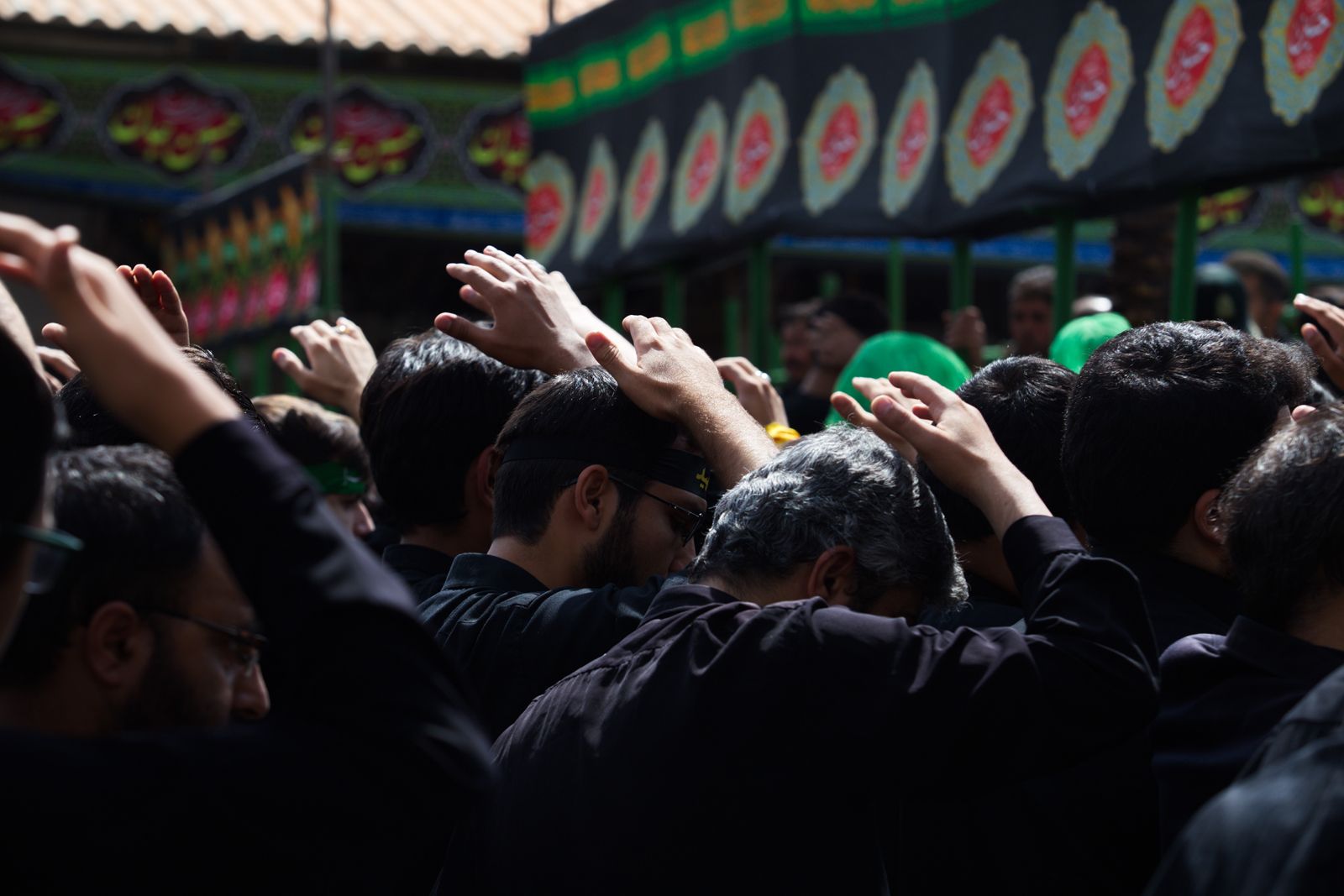Ashura: Martyrdom, Memory, and the Message of Karbala

Every year, on the tenth day of Muharram, millions of Muslims across the world pause to remember one of the most heartrending tragedies in Islamic history—the martyrdom of Imam Husain ibn Ali at the Battle of Karbala in 680 CE. Known as Ashura, the day holds deep religious, emotional, and historical significance, not just for the Shia Muslim community who observe it with intense mourning and reflection, but also for Sunni Muslims, who associate the date with the deliverance of prophets like Moses and Noah.
Yet at the heart of Ashura lies a story that continues to inspire, evoke grief, and fuel resistance across centuries: the stand of a small, unarmed group of believers against the might of a brutal empire.
The seeds of the Karbala tragedy were sown decades before the actual battle, in the aftermath of the death of Prophet Muhammad in 632 CE. With the Prophet having left no clear successor, the early Muslim community was torn between two visions of leadership. One group believed in choosing a caliph through consensus, leading to the appointment of Abu Bakr, and later Umar and Uthman. The other group held that leadership should remain within the Prophet’s family, particularly through his cousin and son-in-law Ali ibn Abi Talib.
These tensions, political and spiritual, would gradually crystallize into what we now identify as the Sunni and Shia branches of Islam. Ali became the fourth caliph, but his tenure was marked by civil wars and his assassination. His elder son, Hasan, briefly succeeded him but signed a treaty relinquishing power to Mu’awiya, the first Umayyad caliph, in the interest of unity. After Mu’awiya’s death, his son Yazid took power—a move many saw as dynastic and un-Islamic.
The Road to Karbala: A Refusal to Submit
Yazid’s demand for allegiance from Husain ibn Ali, Prophet Muhammad’s beloved grandson and the third Shia Imam, was met with firm resistance. For Husain, Yazid’s rule symbolized moral decay, tyranny, and corruption of Islamic principles. Pledging loyalty to such a ruler would legitimize what he saw as injustice.
Husain left Medina for Mecca, and later began a journey towards Kufa in present-day Iraq, responding to appeals from its people to lead them in rebellion against the Umayyads. But before he could reach Kufa, Husain’s small caravan—comprising about 70 to 100 men, women, and children—was intercepted by Yazid’s forces. They were forced to camp at the arid plain of Karbala, by the banks of the Euphrates River.
There, on the 2nd of October 680 (2nd Muharram 61 AH), the camp was surrounded. For days, Husain and his companions were denied water under the scorching desert sun. Despite efforts at negotiation and a willingness to return peacefully, Husain was told that only submission to Yazid would spare their lives—a condition he categorically rejected.
The Battle and Martyrdom
On the morning of Ashura, 10 October 680, the battle commenced. Husain’s camp was vastly outnumbered—historical sources estimate his group to have had fewer than 100 fighters against a massive Umayyad force ranging from 4,000 to possibly 30,000.
One by one, Husain’s companions and family members, including his half-brothers, sons, and nephews, were killed in brutal combat. His standard-bearer and half-brother, Abbas ibn Ali, was slain while trying to fetch water for the thirsty children. Even Husain’s infant son is said to have died from an arrow as he lay in his father’s arms.
Eventually, Husain himself was surrounded. Refusing to yield, he was struck repeatedly and finally beheaded by Sinan ibn Anas under the orders of the Umayyad general Shemr. His body was trampled by horses, and the surviving women and children were taken captive. His son, Ali Zayn al-Abidin, was spared only because he was gravely ill and could not fight.
The Aftermath and the Rise of the Shia Identity
The Battle of Karbala was not just a military event—it was a moral watershed. The brutal killing of the Prophet’s family sent shockwaves across the Muslim world. Though Yazid’s forces claimed political victory, they lost the moral high ground. Karbala became the defining symbol of resistance against tyranny and injustice.
In its wake, the pro-Ali camp (Shi‘at Ali) coalesced into a more defined sectarian identity. Movements like the Tawwabin (the Penitents) and Mukhtar al-Thaqafi’s revolt rose in Iraq, seeking revenge for Husain’s death. Over time, rituals of remembrance—including majlis (gatherings), marsiyas (elegiac poetry), and taziya processions—emerged as key features of Shia religious life.
Mourning and Memory: Rituals of Ashura
For Shia Muslims, Ashura is the culmination of a ten-day mourning period that begins on the first of Muharram. On this day, black-clad processions move through streets, chest-beating (matam) rituals are performed, elegies are recited, and dramatic reenactments of the Karbala events (ta‘ziya) take place. In some regions, forms of self-flagellation, though controversial and increasingly discouraged by many clerics, are still practiced as expressions of grief and solidarity with the pain of Imam Husain.
Sunni Muslims also recognize the sanctity of Ashura, though with a different theological emphasis. Drawing from traditions that trace the fasting of Ashura to Prophet Muhammad’s gratitude for Moses’ deliverance of the Israelites from Pharaoh, Sunnis often fast on the 9th and 10th of Muharram. Many also engage in reflection, charity, and prayers for forgiveness.
Karbala Across Cultures and Centuries
Ashura’s impact has extended far beyond theology. In South Asia, the martyrdom of Husain became central to local expressions of piety and community. Colonial-era European observers recorded massive processions in cities like Lucknow, Hyderabad, and Calcutta, shocked by the intensity of the rituals.
Ashura also gave rise to a distinct cultural legacy. Urdu marsiyas by poets like Mir Anis and Mirza Dabeer became masterpieces of epic poetry, blending grief with grandeur. Noha recitations, musical lamentations recalling the sufferings of Husain, influenced even mainstream film music—composer Naushad, for instance, drew from these choral traditions.
The universality of grief, pain, and righteous suffering expressed in Karbala rituals finds echoes in other faiths and cultures—from the Passion plays of Christianity to the ritual self-mortification of the Taoists in Thailand or the Charak festivities in Bengal.
Why Karbala Still Matters
Ashura is not just about looking back at a historical tragedy; it is a living moment of moral reckoning. The story of Imam Husain at Karbala is invoked wherever people rise against injustice, whether in the face of authoritarian regimes or in everyday struggles for truth, dignity, and equity.
For the devout, Husain is not just a martyr—he is the embodiment of conscience. His refusal to bow to a corrupt ruler, his sacrifice despite overwhelming odds, and his dignity in suffering are what make Karbala not just a place, but a principle—an ethical compass that continues to guide and inspire.
Ashura is a profound reminder that even in death, there can be victory—not of arms, but of ideals. Imam Husain’s sacrifice at Karbala is a timeless testimony to the power of resistance, the sanctity of moral courage, and the enduring human yearning for justice. As long as oppression exists, Ashura will be remembered—not just in rituals of mourning, but in the struggles of the living.
(Mr. Naqvi, a former member of the history faculty at St. Xavier’s College, Mumbai, is a known commentator on religion, society, culture and politics in South Asia.)

 1 week, 2 days ago
1 week, 2 days ago





[[comment.comment_text]]